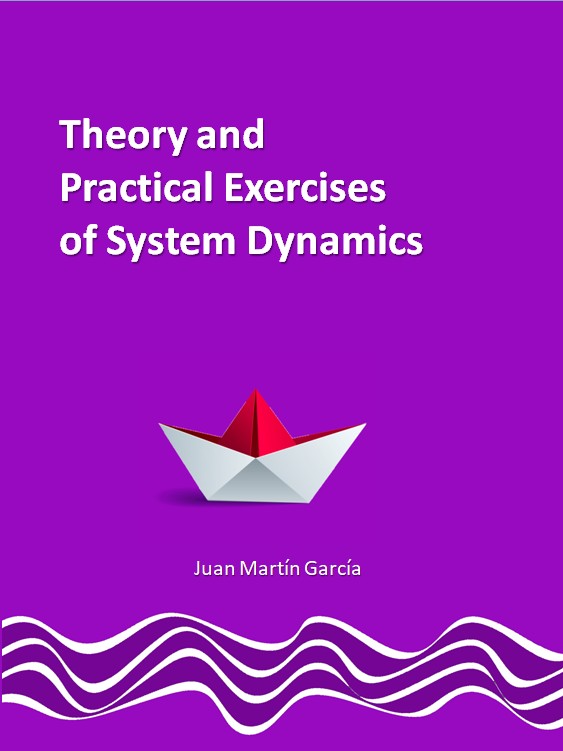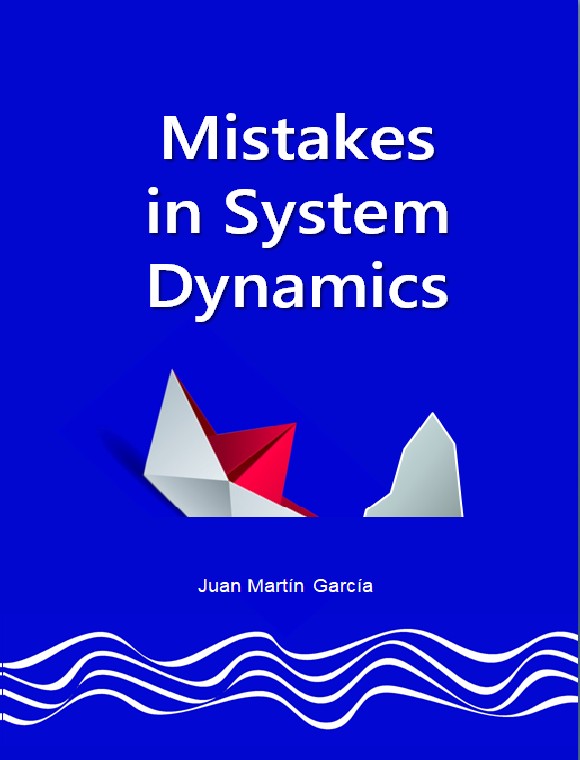Content
Paper 1. New Technologies and Employment
It is known there are two opposite positions in the academic world; the Tecno-Optimists and the Tecno-Pessimists, and this paper studies the effects of new technologies on employment, with priority AI with or without robots and/or drones; 3D/4D printing and Nanotechnology as the most important; followed by IoT; Autonomous driving; Blockchain; and Augmented reality.
Paper 2. Dynamic Balanced Scorecard
This paper shows the conceptual and methodological aspects of balanced scorecard (BSC) with a quantitative model, combining elements from traditional BSC thinking with the Systems Thinking. The new knowledge obtained from the learning feedbacks fertilizes both decision discussion and decision-making and what may be required in order to move to the next level of BSC and system dynamics integration.
Paper 3. The Procurement Process
This paper shows the use of system dynamics methodology in studying the behavior of procurement process, that is totally different from other fields more usually studied with system dynamics like supply chain, project management and company performance.
Paper 4. Scenario Planning Workshop
The paper show a practical experience and discuss key implementation challenges of a systems approach that combines System Dynamics, Scenario Planning and Qualitative Data Analysis in tackling a complex problem, showing the difficulties encountered in designing and planning the Scenario Planning workshop.
Paper 5. Risk Analysis Methods
The paper begins with exploring the recent advances on offshore fire and explosion risk analysis theories, followed by briefly introducing the research techniques employed in the proposed hybrid causal logic model which consists of event tree, fault tree, Bayesian network, and system dynamics to study the effect of human and organizational factors.
Paper 6. Behavioural Stereotypes in Socio-Economic Systems
After several modelling iterations that synchronised the acquired models with the obtained responses, four main key stereotypes were identified: quality, ego, competence, and motivation. In this paper both dominant feedback loops and important multi-input and multi-output variables are used for their description.
Paper 7. Enterprise Resource Planning
This study developed a system dynamics model of Enterprise Resource Planning ERP implementation based on Critical Success Factors CSFs to discuss ERP implementation complexities, which identifies the effect of CSF interrelations on different aspects of ERP project failure.
Paper 8. Marketing Research
The Bass Diffusion Model (BDM) is one of the most successful models in marketing research in particular and management science in general. This paper illustrates the limitations of the BDM, using mobile diffusion as a context, showing that it does not follow an S-curve in some cases.
Paper 9. Group Model Building
This paper do not shows a model but summarise current knowledge and understanding in the public participation literature. What participatory methods should be used in which situations and particularly how they should be applied are still insufficiently addressed questions.
Paper 10. Business Dynamics Simulator
This study develop a business simulation environment to help evaluate future businesses performance using system dynamics approach for entrepreneurship. Students see the simulation of their future businesses useful to check if the business will be profitable and cash breakeven.
Paper 11. Strategic Decision Support
The model provides visual representations of a casino operations, scenario analysis and therefore illustrates the use of the model as a strategic decision support tool for casino managers. A competitive advantage over competitors is enhanced by the casino proactivity and preventive actions that are taken at the expense of corrective actions.
Paper 12. Rare Earth Elements
This paper applies the generic multivariant system dynamics model to forecast China’s rare earth elements production trend and Hubbert peak, using Vensim software based on the Hubbert model. The results show that the peak of China’s rare earth elements production will appear by 2040, and that production will slowly decline afterwards. Based on the results, the paper proposes some policy recommendations for the sustainable development of China’s—and the world’s—rare earth elements market.
Paper 13. Building a Learning Lab
This paper show how system dynamics software enables to create ‘Management Learning Laboratories’ with interacting sub-models of an organisation under the control of the respective managers. Managers can ‘learn’ how performance criteria affect not only their decisions but the performance of colleagues and of the organisation.
Paper 14. Human Resource Planning
This paper investigate the dynamics of the Human Resource Planning (HRP) in a typical Information Technology (IT) company. HRP involves analyzing and forecasting the talent requirements of the organization. The main focus of the study was to construct a model for a multilevel organization structure with appropriate flows related to recruitment at various levels, promotion and attrition.







